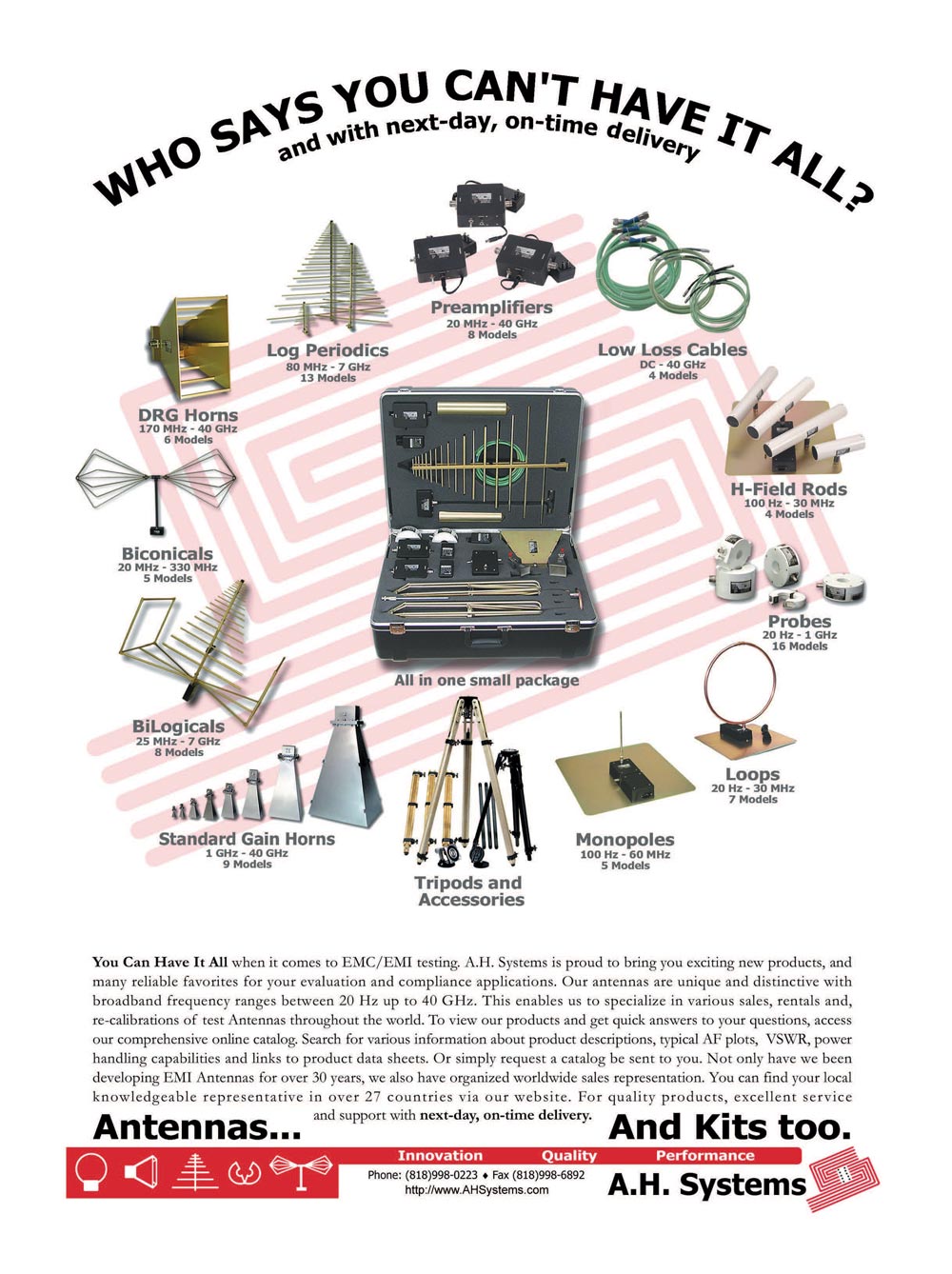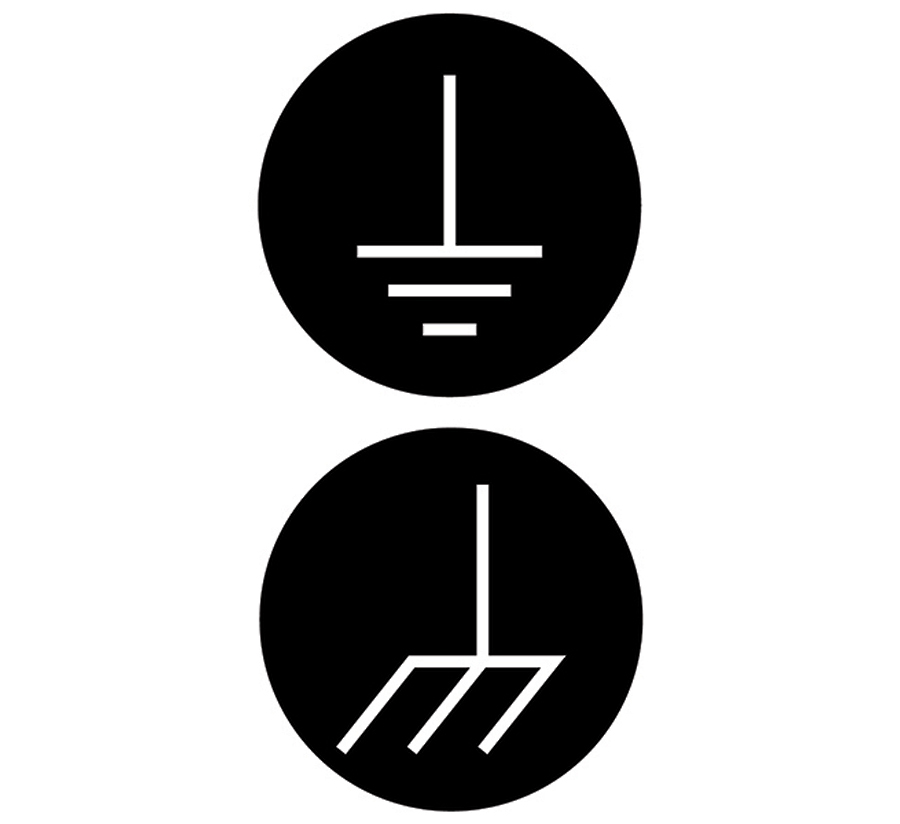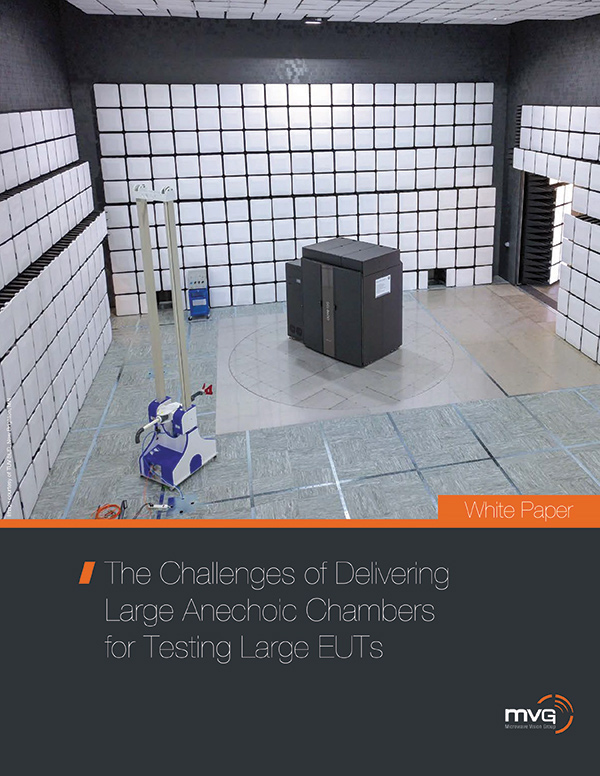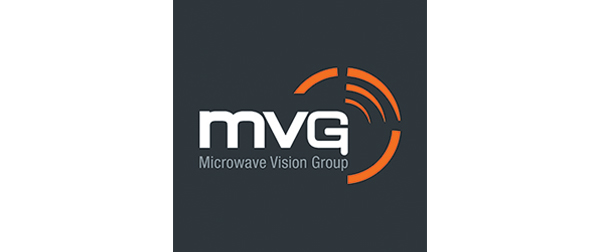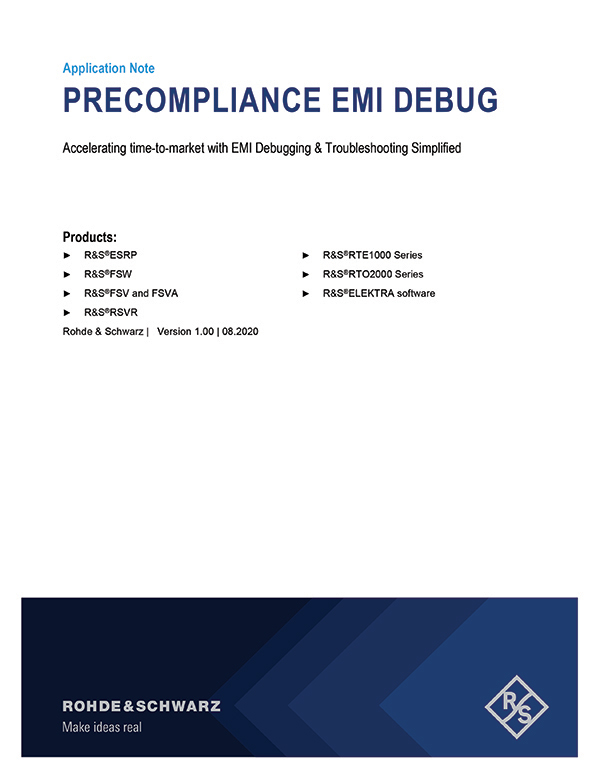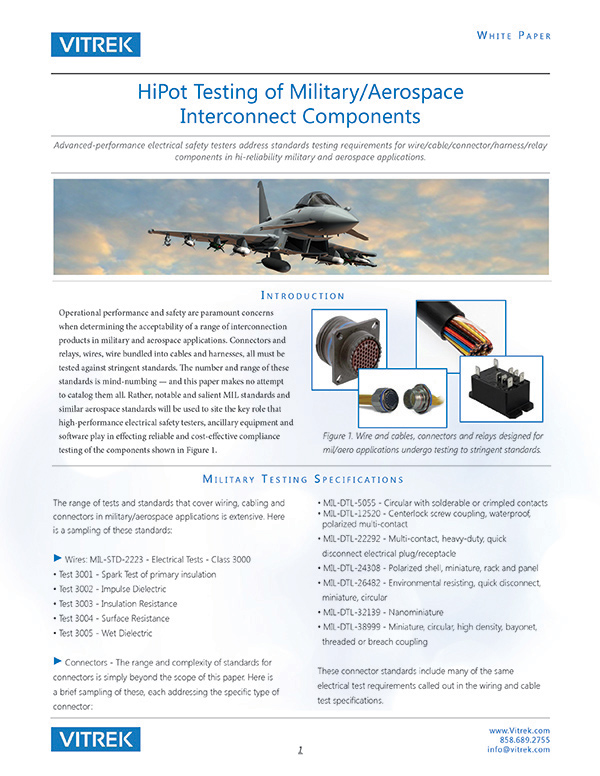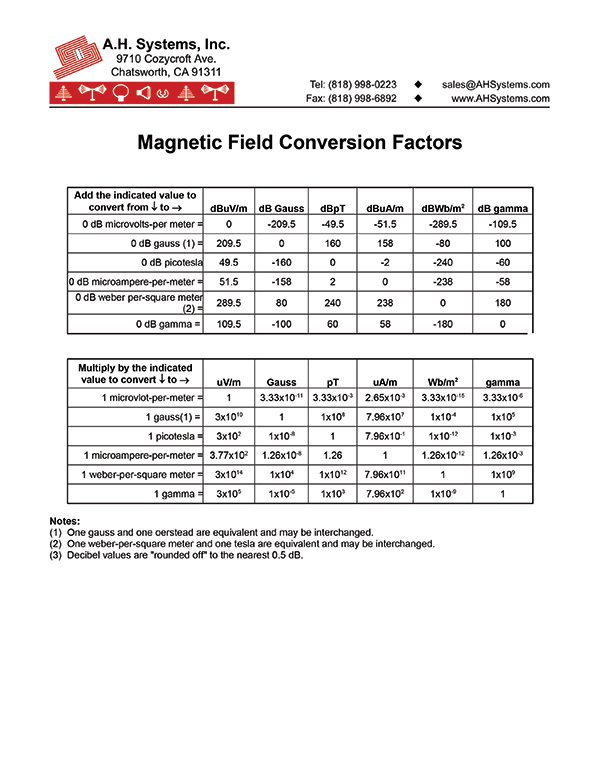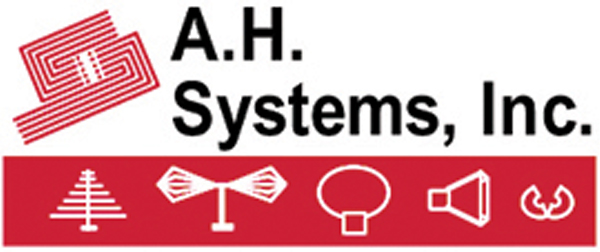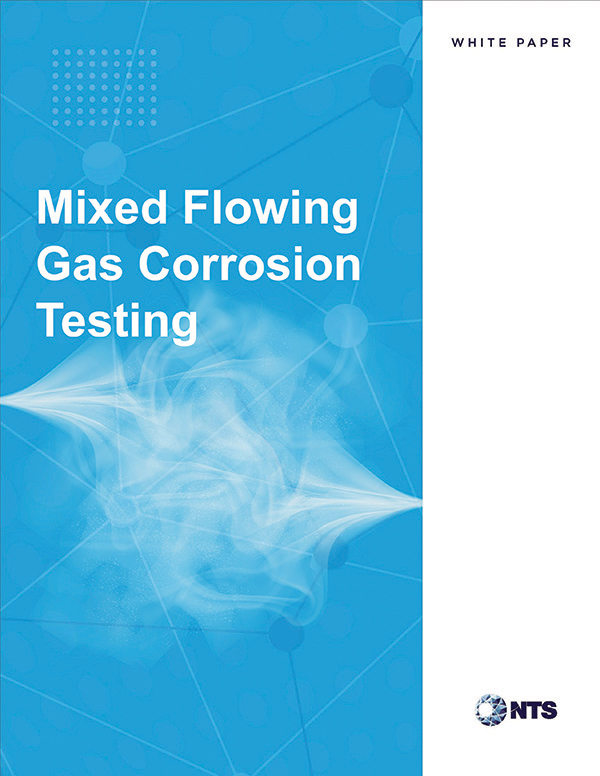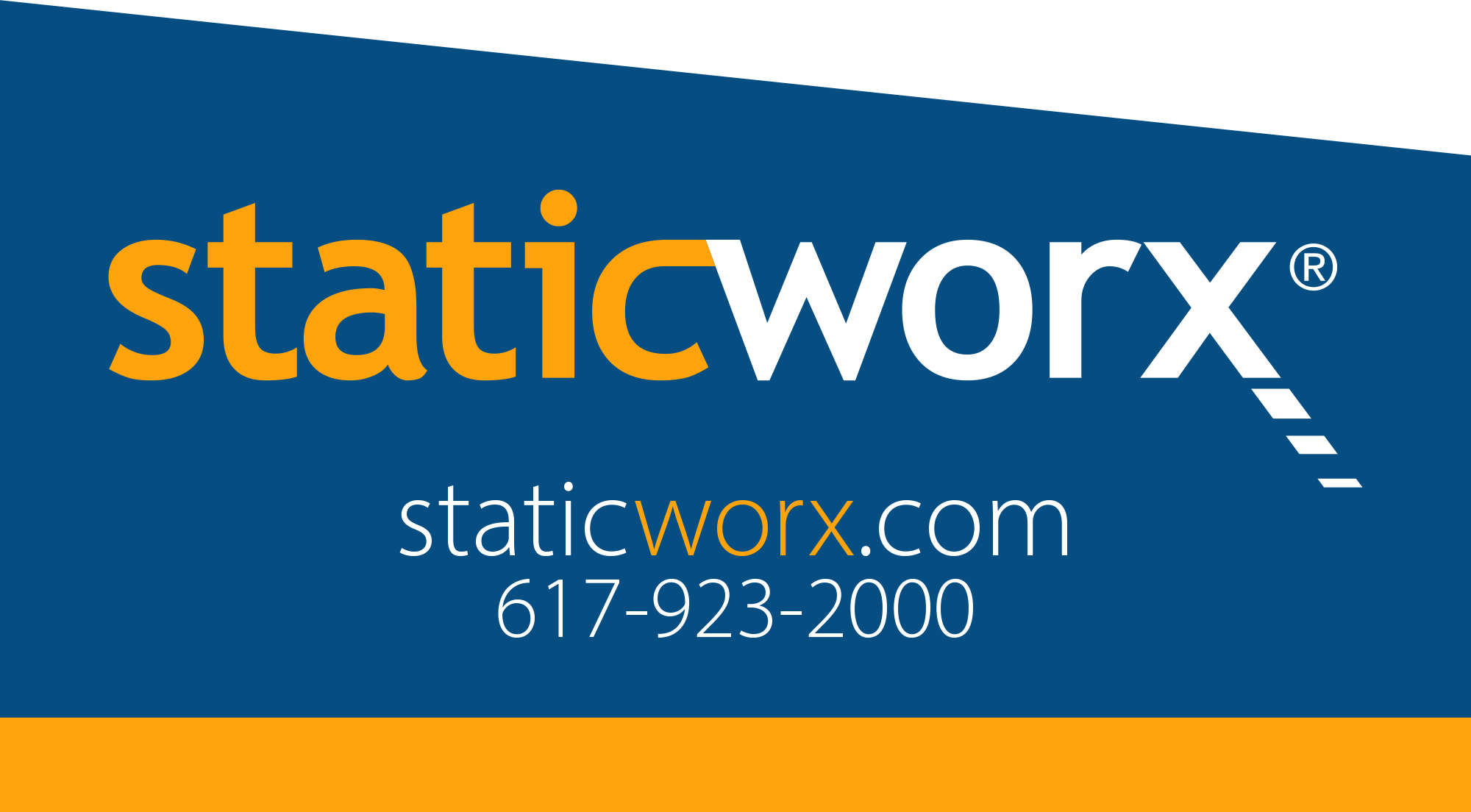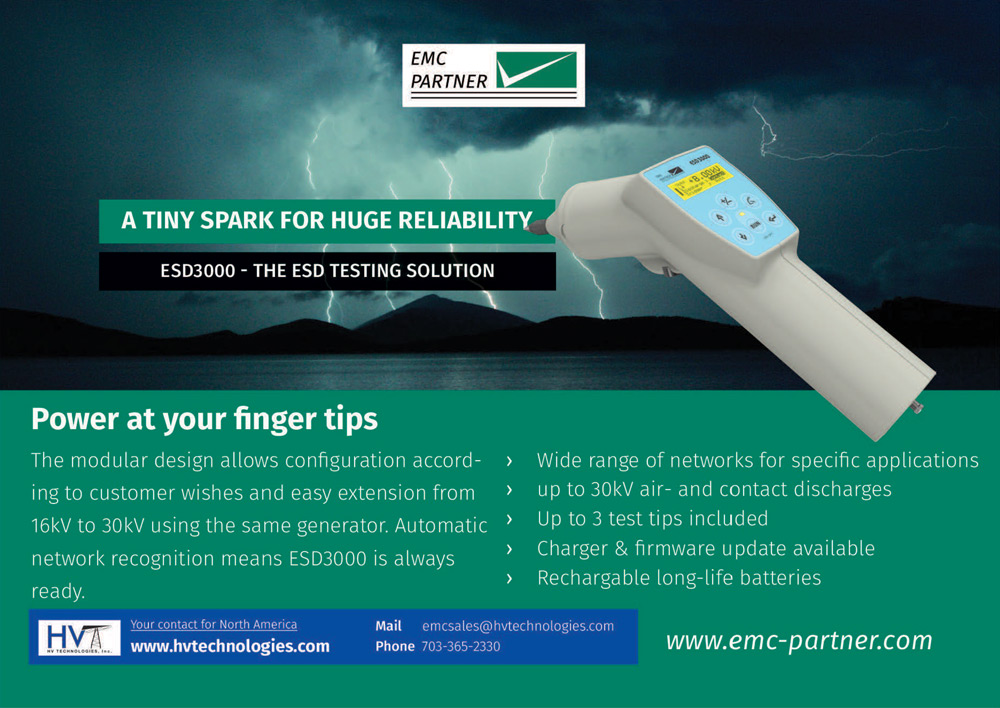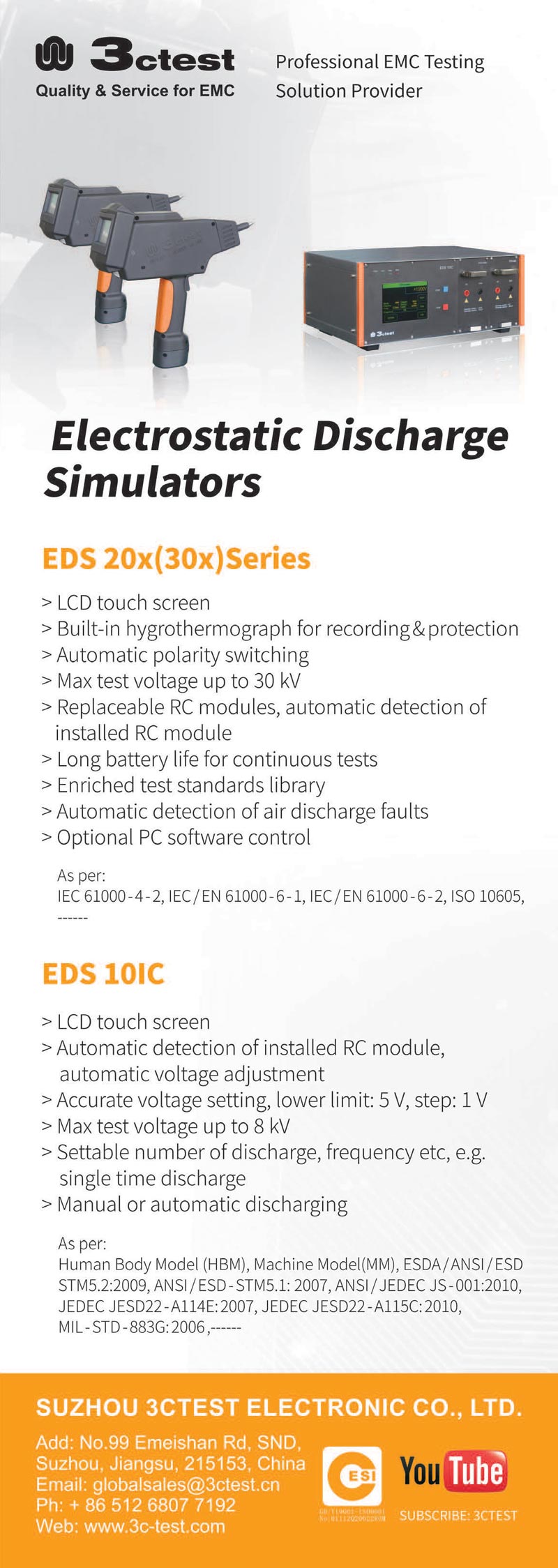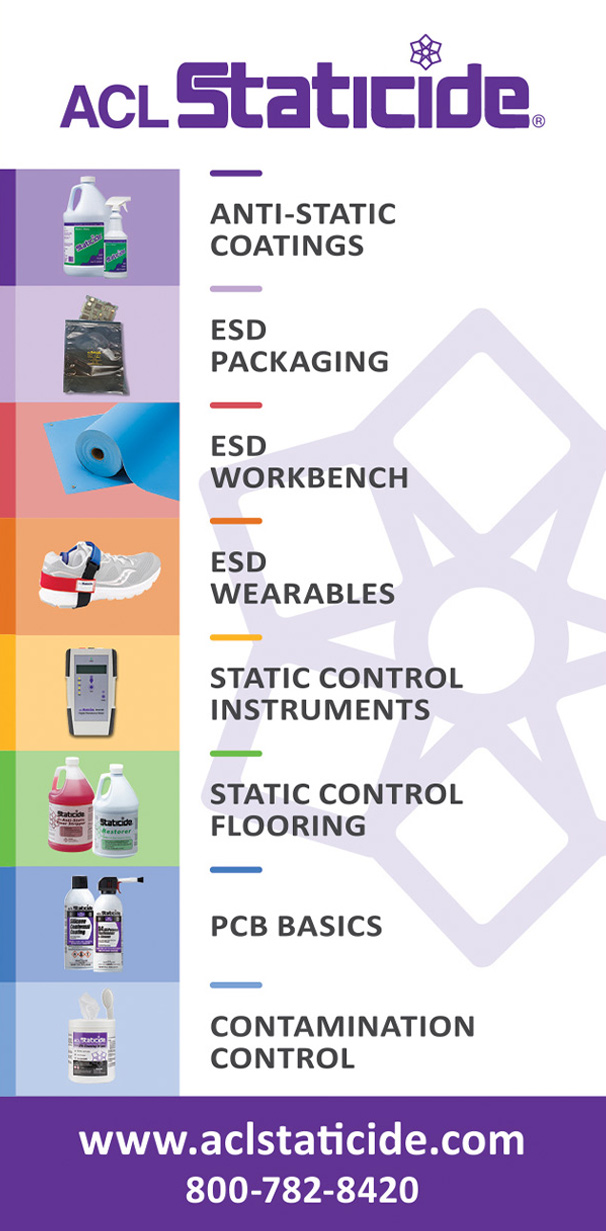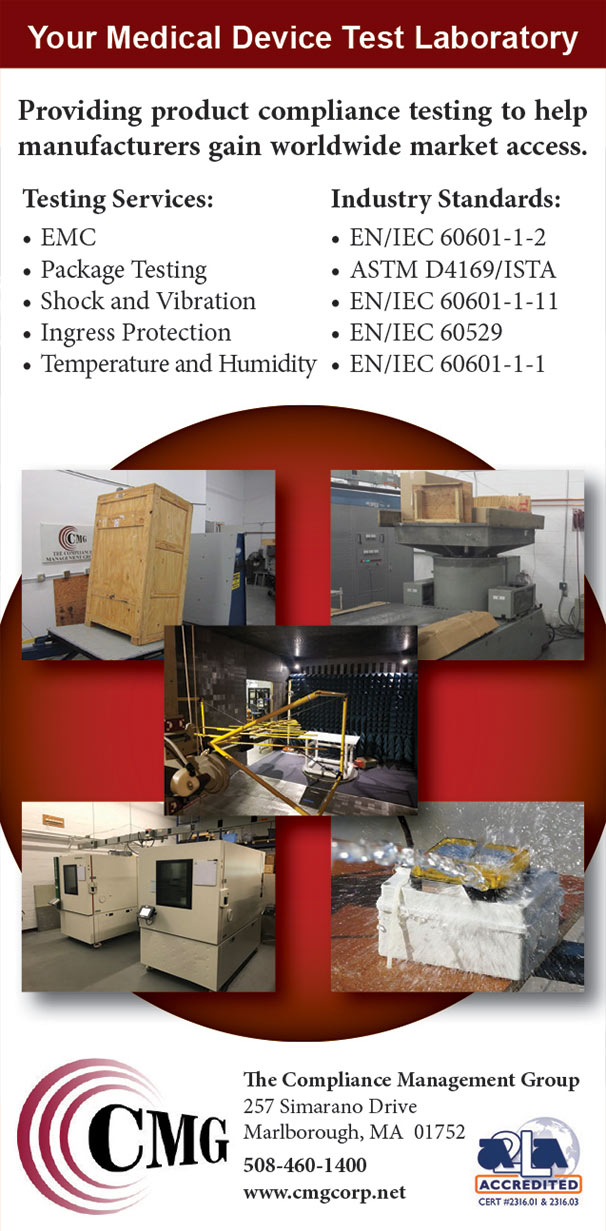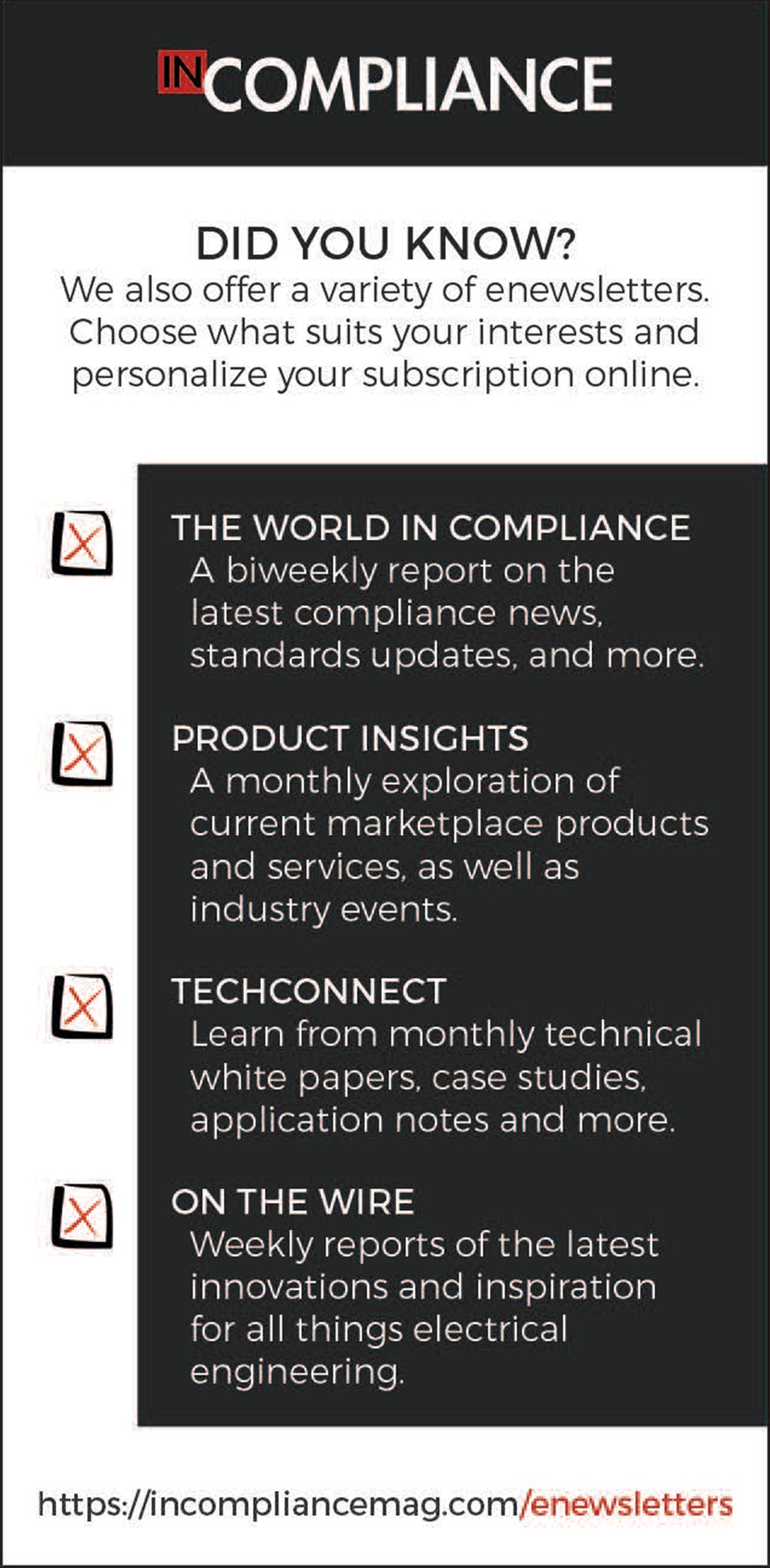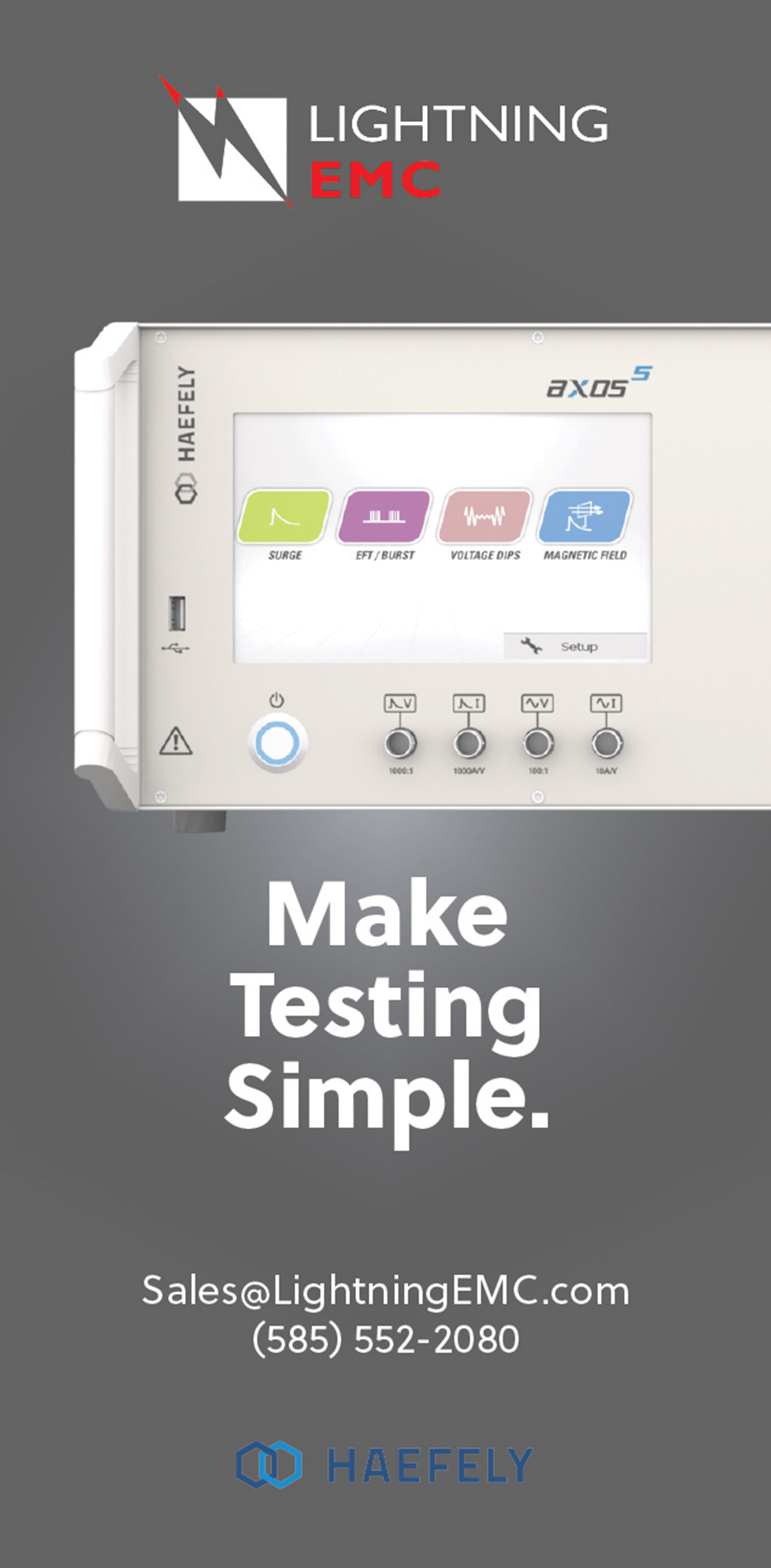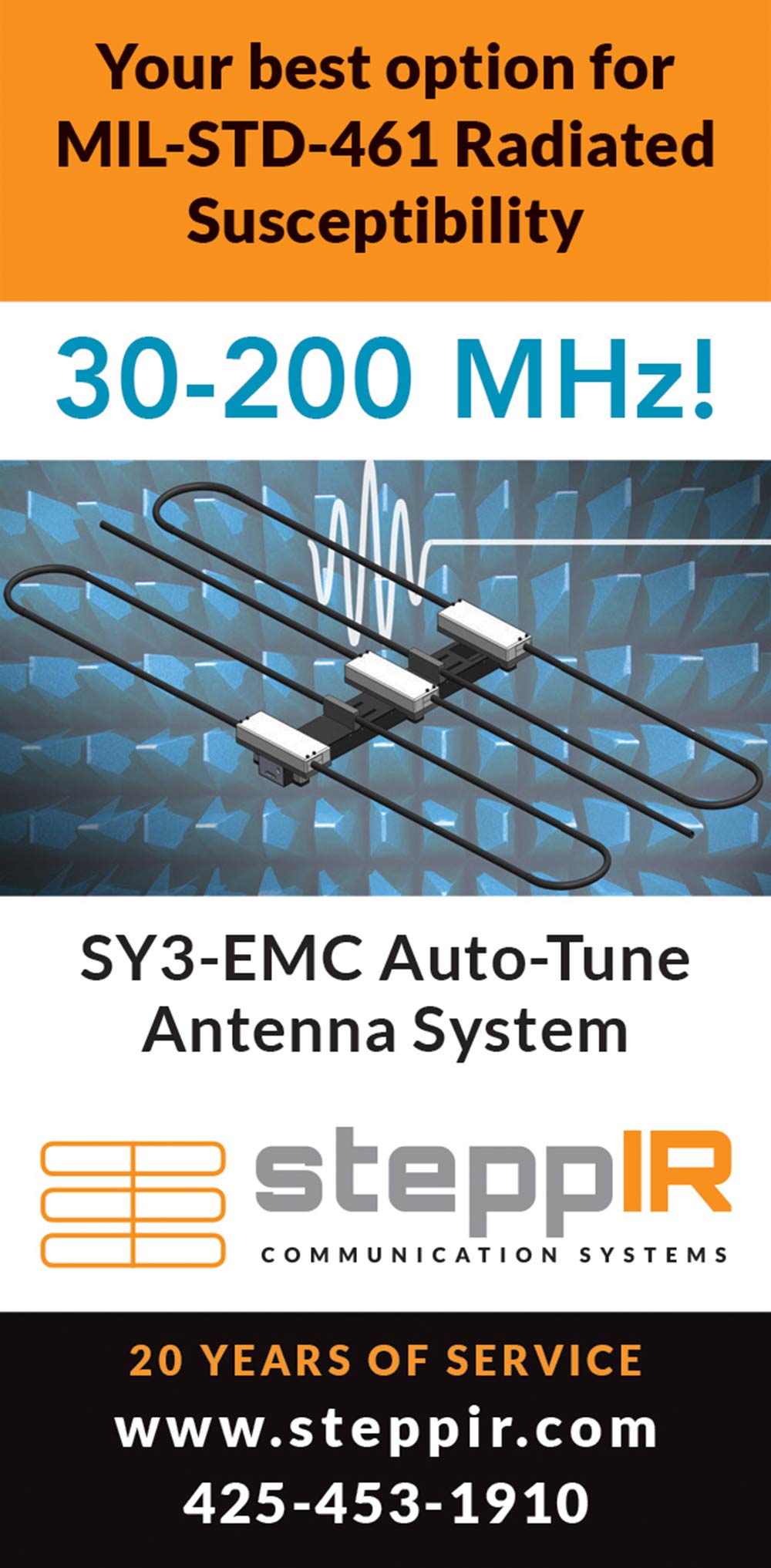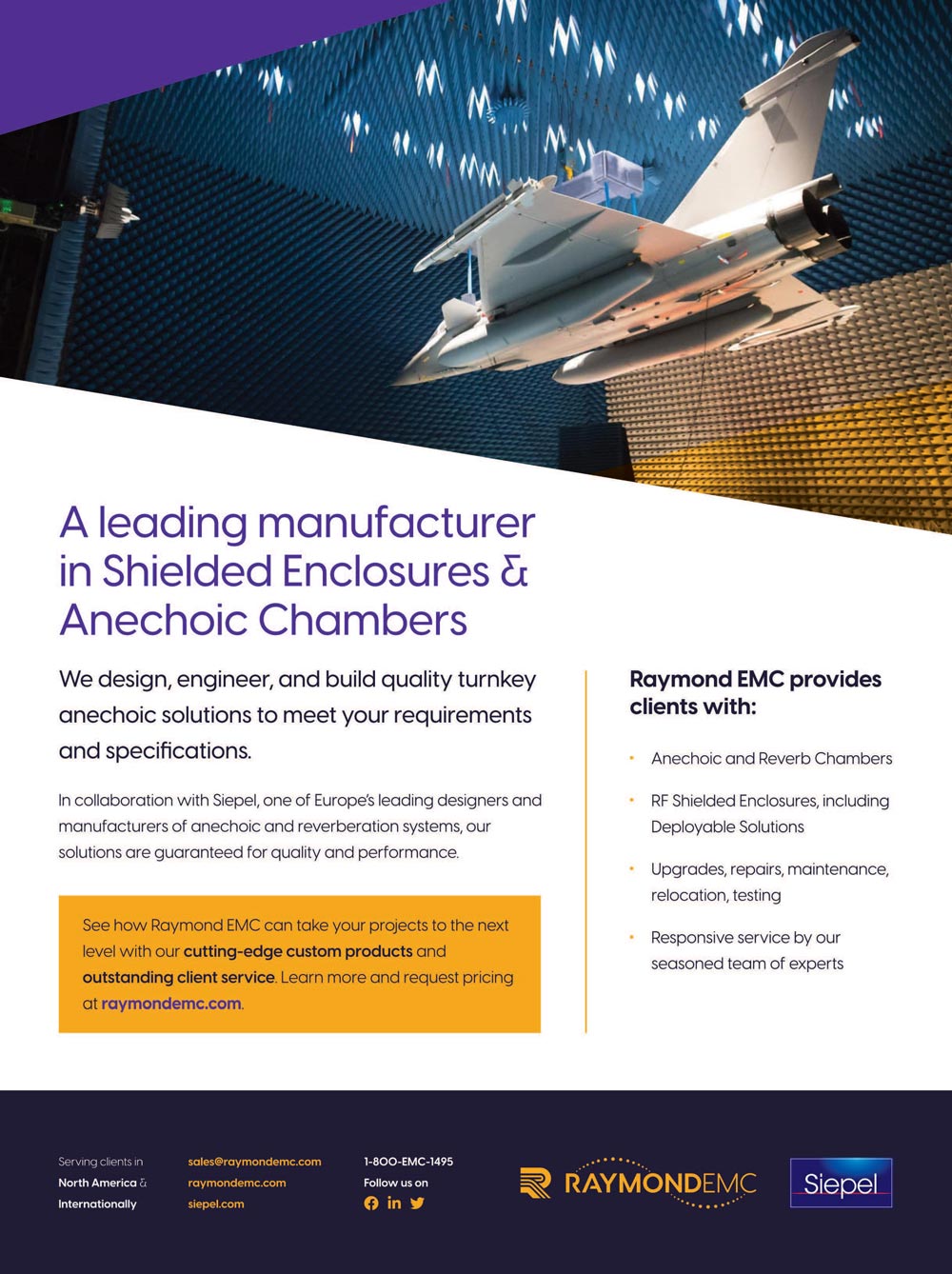
System-Level Grounding
Caster Contact:
The Achilles Heel of ESD Floors
System-Level Grounding
Caster Contact:
The Achilles Heel of ESD Floors


ISSN 1948-8254 (print)
ISSN 1948-8262 (online)
is published by
Same Page Publishing Inc.
451 King Street, #458
Littleton, MA 01460
tel: (978) 486-4684
fax: (978) 486-4691
©Copyright 2021 Same Page Publishing, Inc. all rights reserved
Contents may not be reproduced in any form without the prior consent of the publisher.
While every attempt is made to provide accurate information, neither the publisher nor the authors accept any liability for errors or omissions.
publisher
bruce@brucearch.com
keith.armstrong@
cherryclough.com
Leo@EisnerSafety.com
dgerke@emiguru.com
ken.javor@emcompliance.com
kenrossesq@gmail.com
wernerschaefer@comcast.net
Subscriptions outside North America are $129 for 12 issues. The digital edition is free.
Please contact our circulation department at circulation@incompliancemag.com
The Commission will require that all reports and applications administered by its International Bureau be filed electronically through its International Bureau Filing System (IBFS). The expanded requirements will apply to Section 325(c)…
The report, “Recommendations for Tackling Fires Caused by Lithium Batteries in WEEE,” compiles the findings…


Relay-based alternatives have been proposed to eliminate the variable air spark [2], [4]. Such “contact CDM” (CCDM) systems rely on transmission line pulsing and utilize 50 Ω coaxial cables and relays. It has been shown that 50 Ω systems generate pulses much wider than those of JS-002, but a better match can be obtained using lower system impedances. In [3], CCDM systems of 50 Ω, 25 Ω, and 11 Ω impedances were demonstrated. It was theorized that a 16.6 Ω CCDM system would provide the closest match to JS-002 in terms of waveform shape and the failure current (Ifail) thresholds generated.
caster compliant?
ESD chip floors, while they may pass a simple test like ANSI S7.1, solve only 50% of the problem. With a surface area the size of a dime, wheels and casters can slip into gaps between the chips.
StaticWorx ESD tiles provide 100% protection and are always

ESD chip floors, while they may pass a simple test like ANSI S7.1, solve only 50% of the problem. With a surface area the size of a dime, wheels and casters can slip into gaps between the chips.
StaticWorx ESD tiles provide 100% protection and are always

September 26 - 30, 2021
General Chair
In the 43rd EOS/ESD Symposium, the Steering Committee and the Symposium Strategy Team have structured the program in five focus areas, each with a program of 1-1.5 days. The focus areas are Advanced Technologies and Device Testing, Automotive, Communications, Mixed Voltage Applications, and, as in the last years, EMC. Each focus area comprises one or several sessions with technical papers, invited talks, tutorials, seminars, and workshops. For the first time, the Symposium started on Monday and was, therefore, one day longer than in the past, allowing more time for program and discussion. In parallel, for the fifth time, the “Manufacturing Track” offers full 3.5 days of technical sessions, hands-on sessions, workshops, discussion groups, and technology showcases in the field of EOS/ESD in manufacturing – control materials, technologies, and techniques.

The Industry Council received 70 individual responses, from at least 35 companies from more than 16 countries. Multiple responses per company were encouraged because of the wide diversity of products, customers, and requirements. Although the survey was oriented at Revision E of the JESD78 standard, it is, of course, relevant to know which standards are actually used. The responses show that although other test standards and older JESD78 revisions are also used, the most prevalent standard in use is JESD78E. This gives good confidence in the relevance of the responses with respect to the survey’s goals.
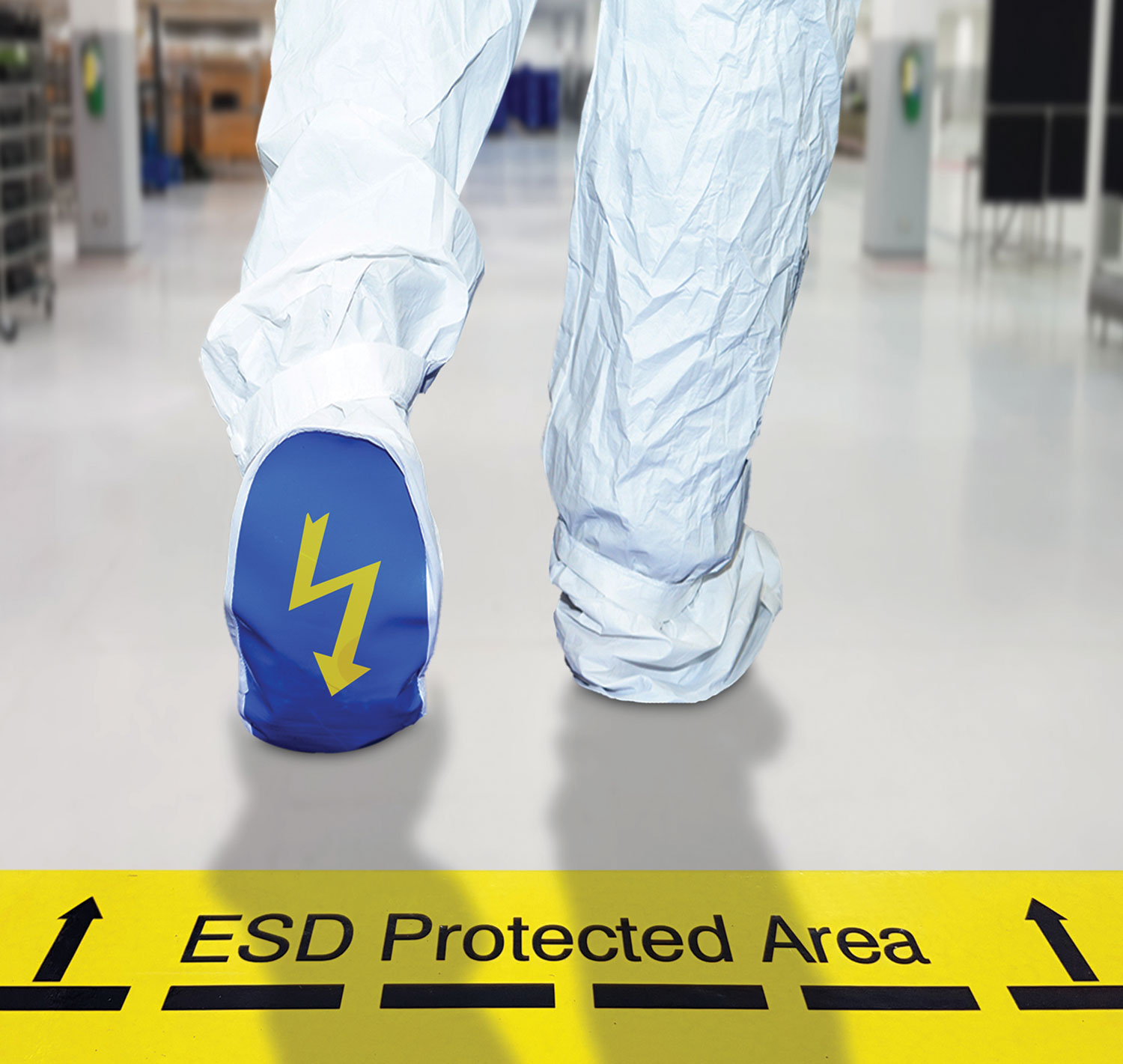
tatic control flooring is widely used throughout the electronics industry to provide a means to ground personnel and mobile equipment to control static charge generation and build-up. While I’d argue that it is always important to control static in an electronics manufacturing environment, there are some organizations where the risk of a device failure could have more serious consequences. This raises the bar in terms of managing the risk of failure and there are some things you should keep in mind when choosing static protective flooring to help with that.

rounding is the most fundamental property of all types of electrical equipment. There are plenty of quality articles on specific subjects in In Compliance Magazine and in other publications, largely on grounding on a printed circuit board (PCB) level. This article focuses on a path less traveled, grounding on a system level, that is grounding of the equipment in actual use at the factories.
There are several key aspects of grounding, including safety, ESD, EMI, and signal integrity. While this and other magazines have published detailed articles on one or more of these subjects, this article combines them all to assist equipment users and tool makers in understanding what is important and how to achieve optimal ground performance. This article does not cover PCB grounding (there are plenty of excellent articles on this subject) and portable tools with double insulation that do not have grounding.
The Achilles Heel of ESD Floors
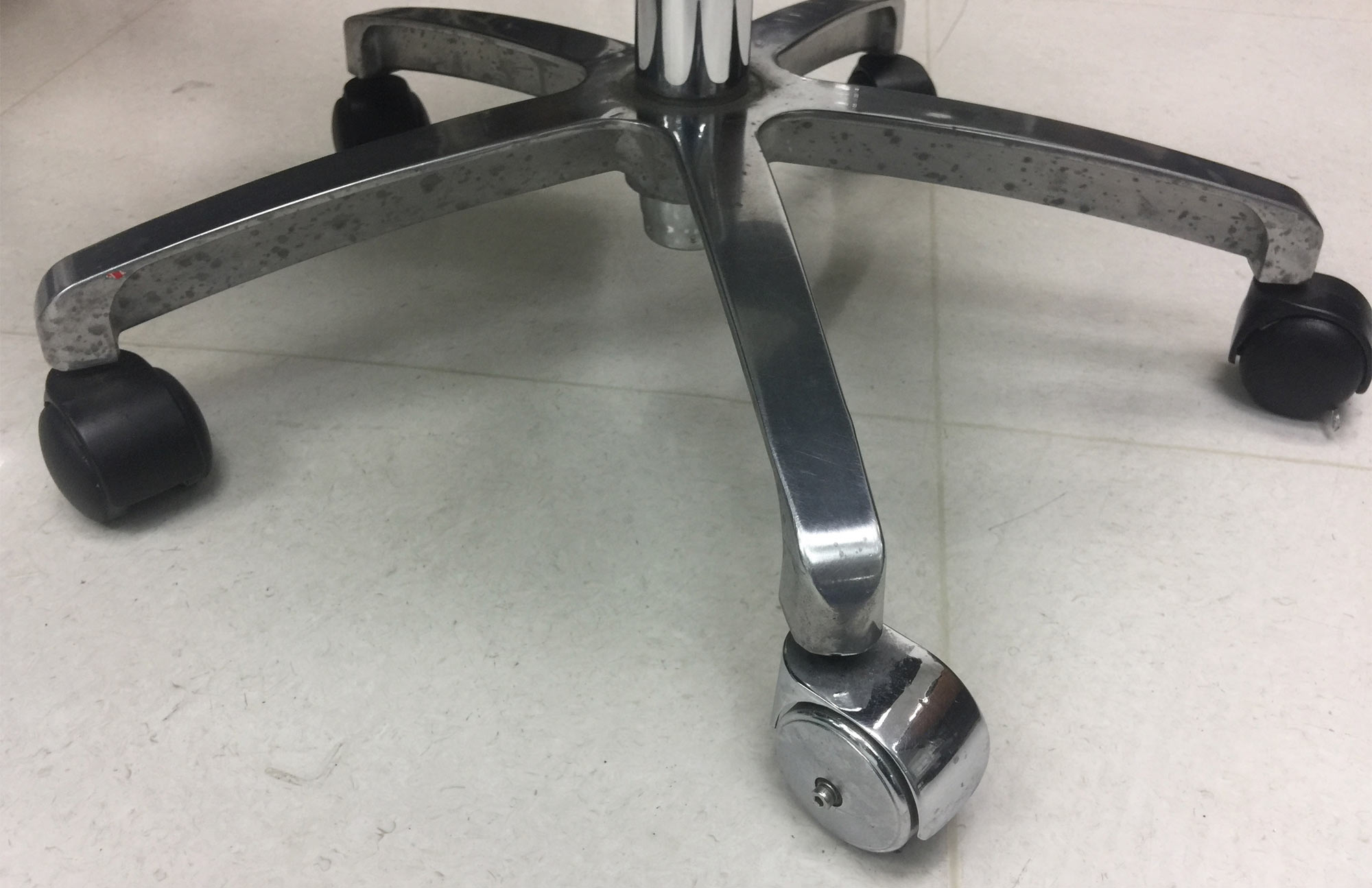
hat’s the purpose of installing an ESD floor? The most common answer to this question is “we need ESD flooring to prevent static charges on mobile personnel when they handle static sensitive parts and systems.” In other words, we need the effectiveness of a wrist strap, but we don’t want to deal with the restrictions of wires and cords.
While this answer highlights a key attribute of a properly functioning ESD floor, it sets the bar very low. It also short sells the many advantages an ESD floor actually offers. Like every other static mitigation component, ESD flooring is only one piece of a larger comprehensive system that keeps all parts, machines, tools, packaging, work surfaces, and personnel at the same potential.
When floors are evaluated, specifiers focus on two main performance parameters: 1) the flooring system’s electrical resistance; and 2) how much charge a person can develop when walking on the floor wearing specific footwear. But what about the parts themselves? How do we protect them? When we move parts from one operation to another, we don’t cradle them in the palm of our hands. We move parts and systems in zip lock bags, on wheeled carts with trays, and possibly with automatically guided vehicles. In agile manufacturing operations, the ESD floor might even be used as the primary ground for workbenches on wheels.
The Battery Show
September 20-24
IEEE International Symposium on Product Compliance Engineering (ISPCE)
September 26- September 30
43rd Annual EOS/ESD Symposium and Exhibits
September 27-30
2021 Asia-Pacific International Symposium on Electromagnetic Compatibility (APEMC)
September 28
IEEE EMC Chicago Mini Symposium
EMC Fest 2021
October 7
EMC Mini
October 13
5G Antenna Systems
October 18-21
MIL-STD 810 Testing
October 24-29
AMTA 2021
View Index

- Learn to address Key EMI threats: Emissions, ESD, RFI, Power Disturbances & More
- Focus on what is inside the box: Components, Printed Circuit Boards, Power Electronics, Grounding, and Shielding.
- Includes over 35 Practical Design EMC Fixes!
- Participate in interactive discussions and learn from realistic scenarios
- Increase your skillset from the comfort of your home or office
- Become more confident and efficient in your product design
- Learn to address Key EMI threats: Emissions, ESD, RFI, Power Disturbances & More
- Focus on what is inside the box: Components, Printed Circuit Boards, Power Electronics, Grounding, and Shielding.
- Includes over 35 Practical Design EMC Fixes!
- Participate in interactive discussions and learn from realistic scenarios
- Increase your skillset from the comfort of your home or office
- Become more confident and efficient in your product design



